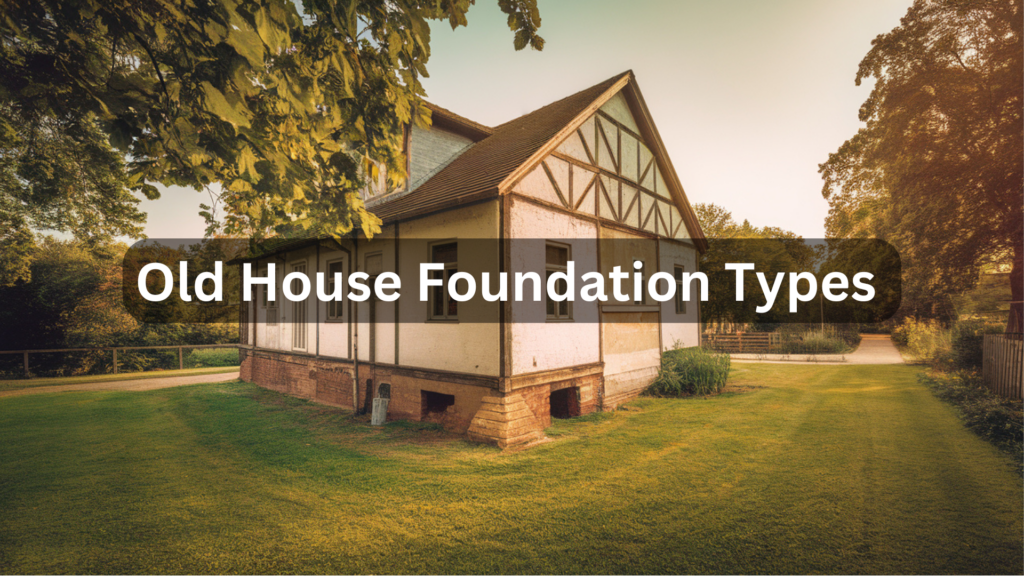Ever walked into an old house and wondered what’s holding it up? Old house foundations come in many types — from stone to poured concrete. Some are still rock-solid after 100+ years, while others might be showing their age.
I’ll help you understand what’s under your feet and how to spot problems before they get serious. If you’re buying an old home or already own one, knowing your foundation type is important.
Let me walk you through the most common old house foundations, their strengths, and weak spots, and what you can do to help keep them in good shape for years to come.
Why Old House Foundations Matter
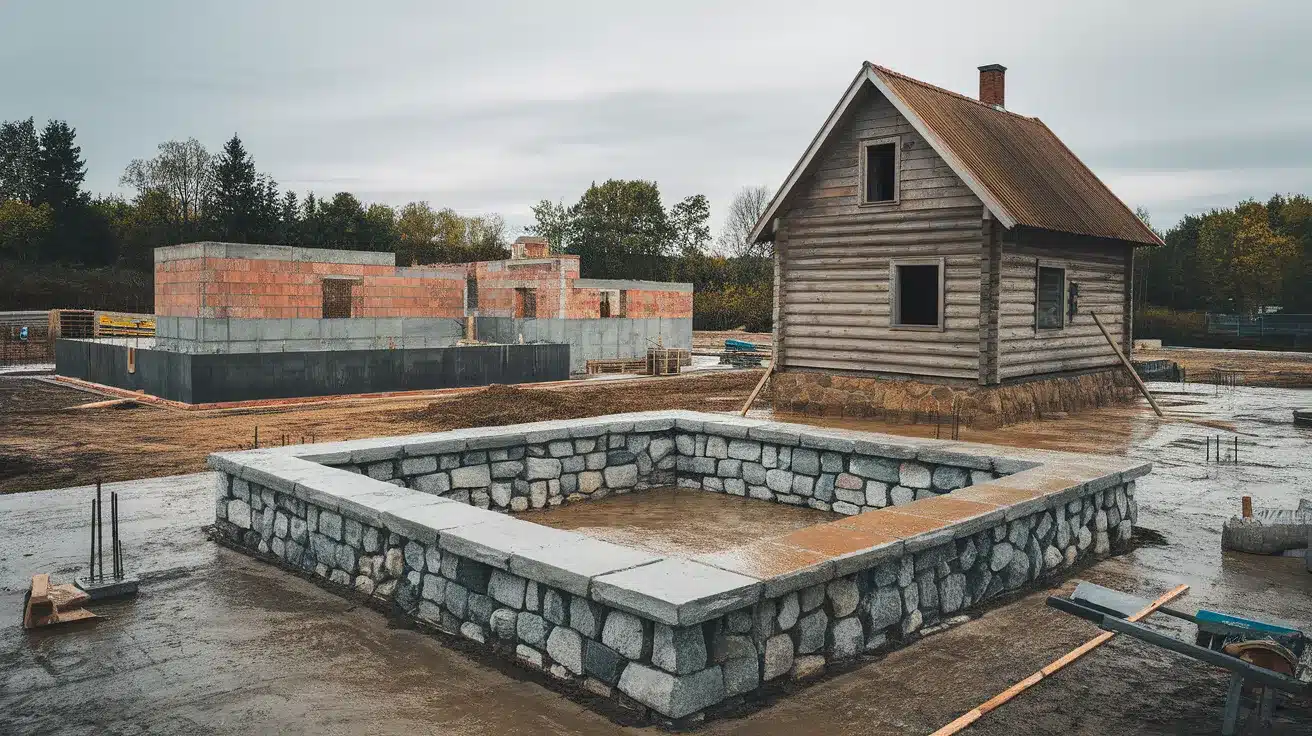
Nearly 40% of U.S. homes were built before 1970. That’s millions of houses standing on foundations that have faced decades of wear and tear.
Some have held up amazingly well. Others are quietly having trouble.
Why is the foundation so important?
Your foundation does more than just hold up your house. It keeps water out, resists shifting soil, and gives support to everything above it.
When foundations weaken, they cause problems everywhere else — from stuck doors to cracked walls.
How to Spot Foundation Problems Early
Look for these warning signs:
- Cracks wider than 1/4 inch
- Doors that stick or won’t close
- Sloping floors
- Water in the basement or crawlspace
- Gaps between walls and ceilings
Finding these early can save you thousands in repairs.
Stone Foundations
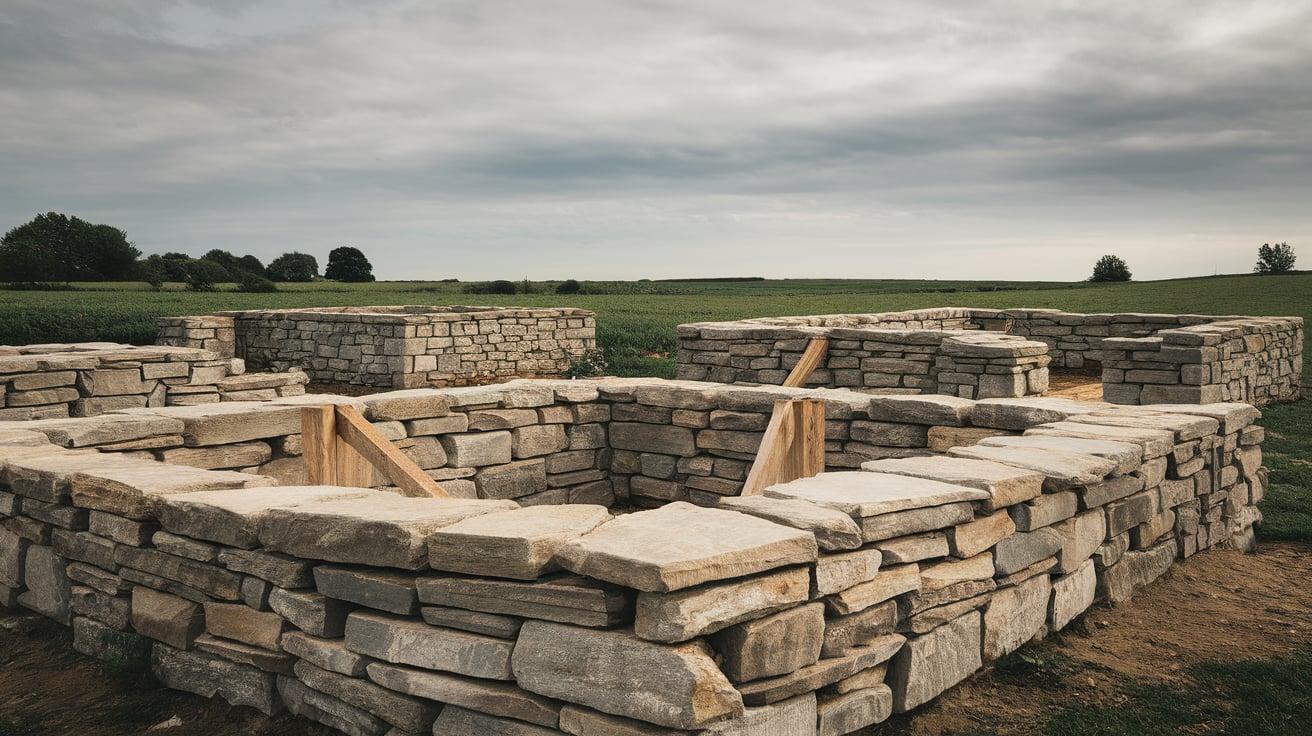
What Are Stone Foundations?
Stone foundations were common in homes built before 1900. They come in two main types:
- Rubble stone – Irregular rocks, sometimes held together with clay or lime.
- Cut stone – Neatly shaped blocks laid in straight rows.
Some very old homes have “dry-laid” stone with no mortar at all.
Are Stone Foundations Strong?
Good points:
- Very thick (often 16–24 inches)
- Natural stone lasts a long time
- Many have already stood the test of time
Not-so-good points:
- Mortar breaks down
- Leaks happen easily
- Can settle unevenly
Common in Homes Built: Before the 1900s, in places with lots of stone.
Brick Foundations
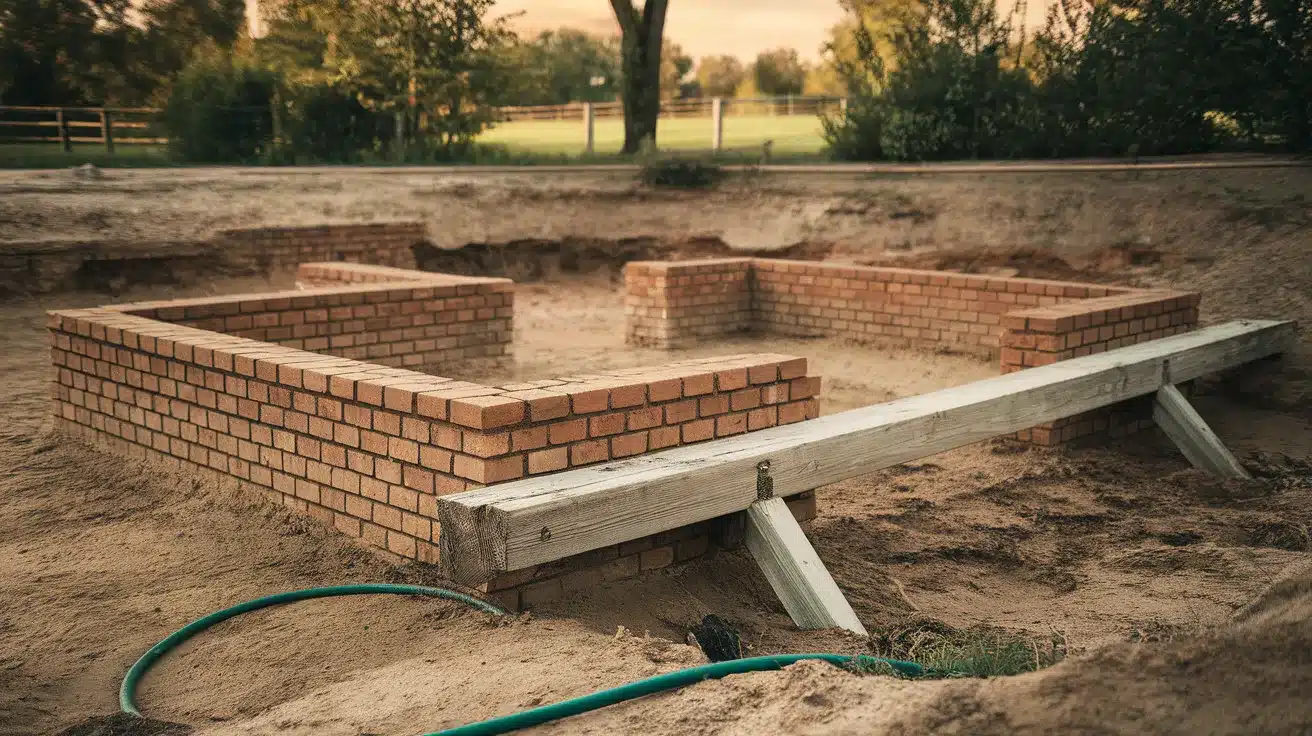
What Are Brick Foundations?
These are made of several layers of solid brick. Don’t confuse them with brick veneer (a thin outer layer). Brick foundations go all the way through.
Are Brick Foundations Strong?
Good points:
- Fireproof
- Heavy and solid
- Often built with care
Not-so-good points:
- Mortar wears out
- Water can damage bricks
- Cracks from ground movement
Common in Homes Built: 1850–1920s, especially in cities.
Pier and Beam Foundations
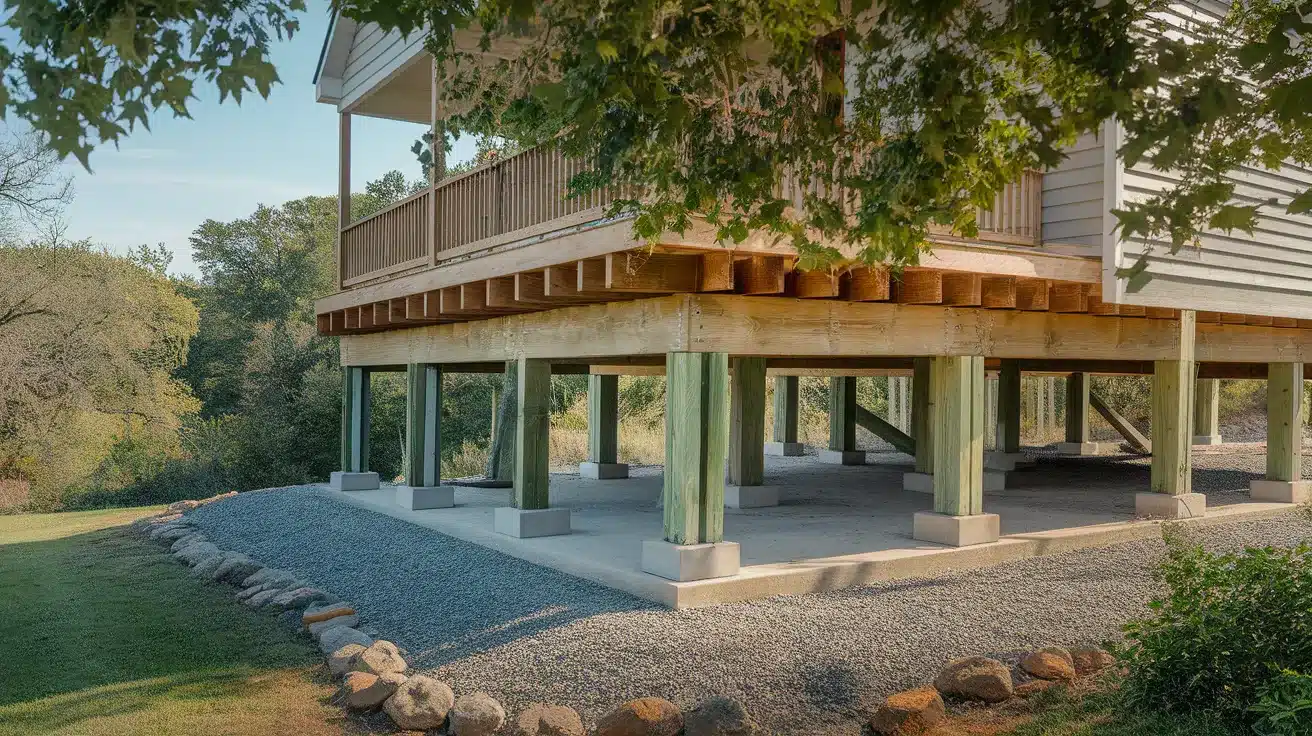
What Are Pier and Beam Foundations?
These have wooden beams sitting on posts made of concrete or brick. This creates a crawlspace under the house.
Are Pier and Beam Foundations Strong?
Good points:
- Better with shifting soil
- Easier to repair
- Good airflow under the house
Not-so-good points:
- Wood can rot
- Posts can tilt
- Poor insulation is common
Common in Homes Built: 1900s–1940s, especially in the South.
Concrete Block Foundations
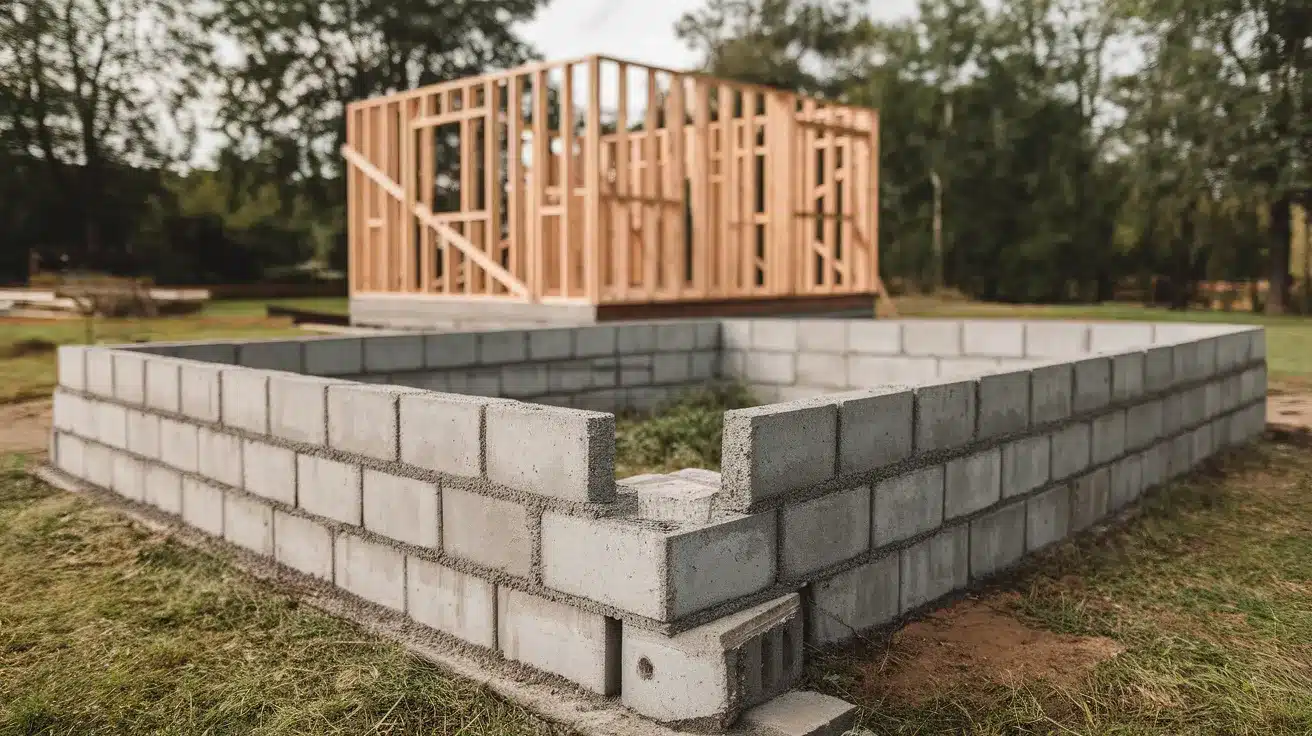
What Are Concrete Block Foundations?
Made with hollow concrete blocks. Sometimes filled with steel or more concrete for strength.
Are Concrete Block Foundations Strong?
Good points:
- Stronger than brick
- Faster to build
- Fireproof and pest-resistant
Not-so-good points:
- Hollow spots can hold water
- Cracks can happen
- May lack good waterproofing
- Common in Homes Built: 1920s–1950s.
Poured Concrete Foundations
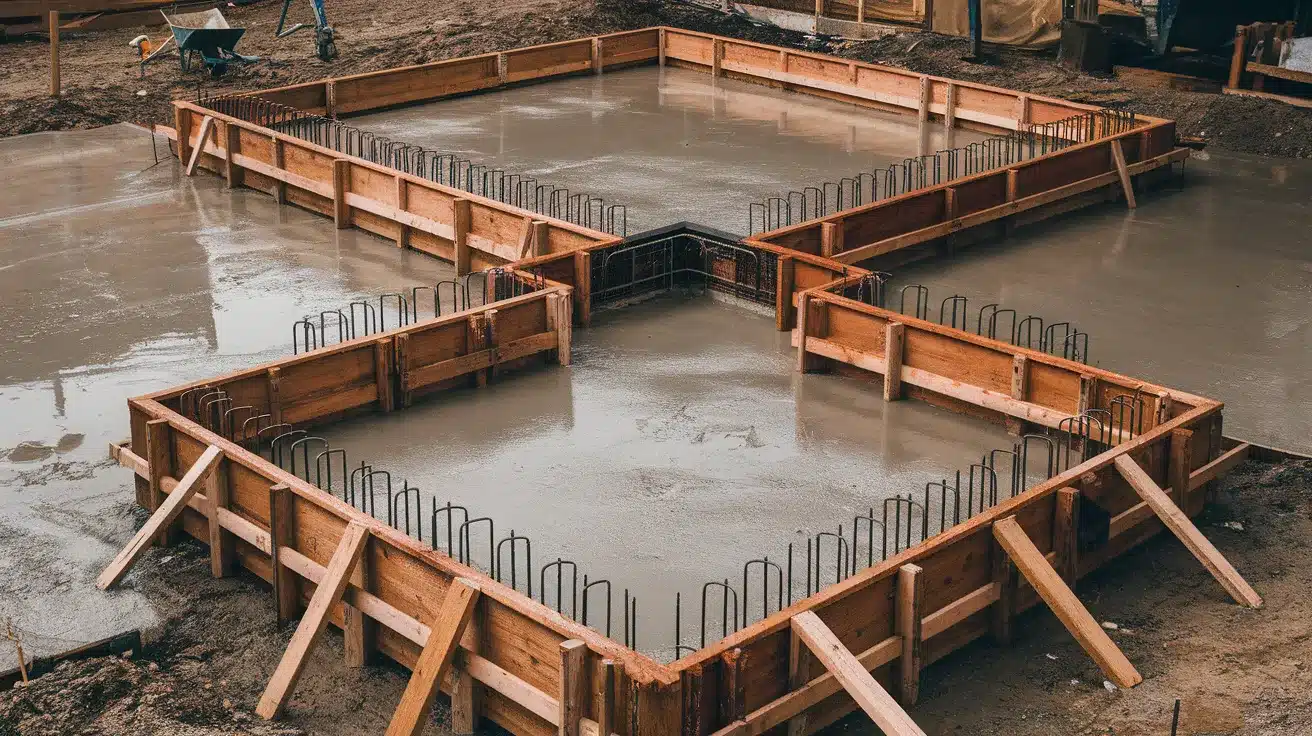
What Are Poured Concrete Foundations?
These are solid walls made by pouring concrete into forms. Usually has steel bars inside for strength.
Are Poured Concrete Foundations Strong?
Good points:
- Very strong under weight
- Good at keeping water out
- No weak mortar lines
Not-so-good points:
- Older mixes (1930s–40s) may be weak
- Can crack with shifting soil
- May not have enough steel
Common in Homes Built: Since the 1930s.
How Can You Tell What Type of Foundation You Have?
Look around your basement or crawlspace:
- Stone – Rough, uneven rock
- Brick – Neat rows of small blocks
- Concrete block – Large blocks (usually 8×16 inches)
- Poured concrete – Smooth walls with lines where forms were used
No basement? Look around the base of your house outside.
Tip:
- New England = more stone
- Midwest = more block
- South = more pier and beam
- Can You Make an Old Foundation Stronger?
Yes! Most can be fixed without replacing the whole thing.
Ways to make it stronger:
- Replacing or adding mortar
- Adding extra support posts
- Installing drainage systems
- Reinforcing walls with steel or special fiber
- Sealing against water
Costs can vary:
- Small fixes: $5,000–15,000
- Big repairs: $20,000–50,000+
Call a pro if you see major cracks, leaning walls, or lots of water.
How Do You Keep an Old Foundation in Good Shape?
Here’s what helps:
- Keep gutters clear
- Make sure water flows away from the house
- Seal small cracks early
- Check crawlspaces and basements once a year
- Watch for signs of settling or shifting
Conclusion
Many old foundations are still holding strong. They’ve supported homes through storms, seasons, and decades of change. Just because a foundation is old doesn’t mean it’s worn out.
In fact, some older materials like stone and brick have lasted for more than a hundred years — and they’re still doing their job today.
But like anything else in a house, foundations need care. That means checking for small issues before they grow, keeping water away from the base, and getting repairs done when they’re needed. A few smart steps now can save you a lot of stress and money later.
If you’re thinking about buying an older home, take time to understand the foundation. Ask questions. A solid foundation makes your home safer, steadier, and more comfortable. It’s the quiet part of the house that holds everything up — and it deserves just as much attention as the things you can see.
Frequently Asked Questions
How long do old house foundations last?
With good care, many last 100 years or more. Stone lasts the longest. Concrete and brick can weaken sooner if not cared for.
Can I fix foundation problems myself?
You can seal small cracks and fix drainage. But for leaning walls, large cracks, or major repairs, call a pro.
Do I have to replace an old foundation?
Not usually. Most can be fixed and made stronger instead of being fully replaced.
Is one type of foundation better than the others?
It depends on your house, soil, and weather. Each one works better in some places than others.
Does the type of foundation affect home insurance or resale?
Yes. Older types can raise insurance costs. Buyers may also want proof that the foundation is safe and solid.

